Regulatory Developments and Compliance
Regulatory developments are a significant driver in the Food Color Market, as governments worldwide implement stricter guidelines regarding food safety and labeling. Compliance with these regulations is essential for manufacturers, as non-compliance can lead to severe penalties and loss of consumer trust. The increasing scrutiny on artificial colors has prompted many companies to reformulate their products, opting for natural alternatives that meet regulatory standards. This shift not only ensures compliance but also aligns with consumer preferences for safer food options. As regulations continue to evolve, the Food Color Market must remain agile to adapt to these changes.
Expansion of the Food and Beverage Sector
The Food Color Market is significantly influenced by the expansion of the food and beverage sector. As the global population continues to grow, the demand for processed and packaged foods is on the rise. This expansion is particularly evident in emerging markets, where urbanization and changing lifestyles are driving consumption patterns. The food and beverage sector's growth is expected to propel the demand for food colors, as manufacturers seek to enhance the visual appeal of their products. Recent statistics indicate that the food and beverage industry is projected to reach a valuation of over 5 trillion dollars by 2026, further underscoring the potential for growth within the Food Color Market.
Increasing Demand for Clean Label Products
The Food Color Market is experiencing a notable shift towards clean label products, driven by consumer preferences for transparency and natural ingredients. As consumers become more health-conscious, they increasingly seek products that are free from artificial additives. This trend is reflected in the rising sales of natural food colors, which are perceived as safer and healthier alternatives. According to recent data, the market for natural food colors is projected to grow at a compound annual growth rate of approximately 6% over the next five years. This demand for clean label products is compelling manufacturers to reformulate their offerings, thereby reshaping the Food Color Market.
Rising Health Awareness and Dietary Trends
The Food Color Market is being shaped by rising health awareness and evolving dietary trends. Consumers are increasingly inclined towards diets that prioritize health and wellness, leading to a demand for food products that align with these values. This shift is driving the popularity of natural food colors, as they are often associated with healthier options. Additionally, the trend towards plant-based diets is further influencing the demand for natural colorants derived from fruits, vegetables, and other plant sources. As health-conscious consumers continue to seek out products that reflect their dietary preferences, the Food Color Market is likely to adapt accordingly.
Technological Advancements in Color Production
Technological advancements are playing a crucial role in the evolution of the Food Color Market. Innovations in extraction and formulation techniques are enabling the development of more vibrant and stable colorants. These advancements not only improve the quality of food colors but also enhance their application across various food products. For instance, the introduction of microencapsulation technology allows for better stability and controlled release of colors, which is particularly beneficial in the production of beverages and confectionery. As manufacturers adopt these technologies, the Food Color Market is likely to witness increased efficiency and product differentiation.
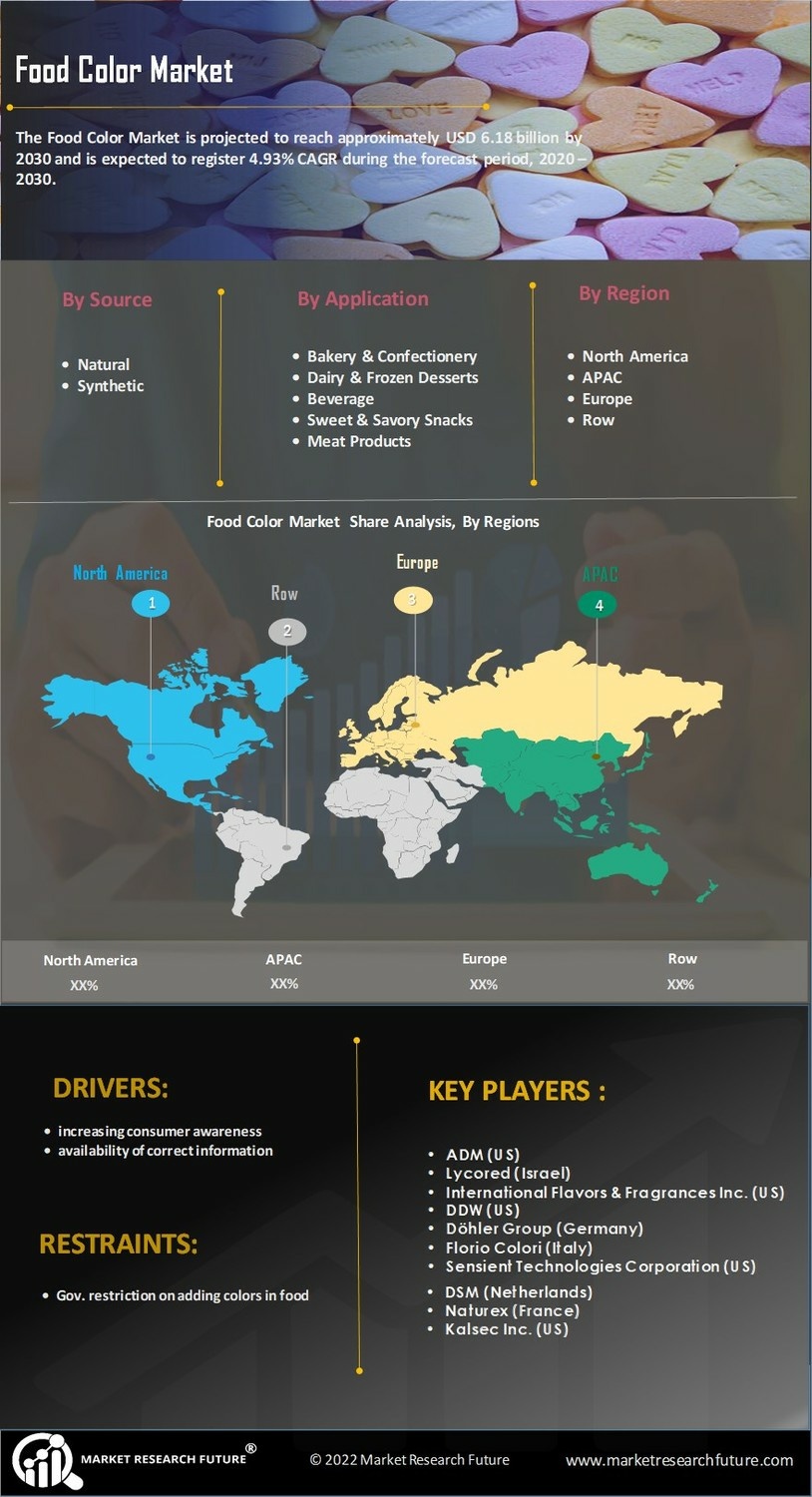

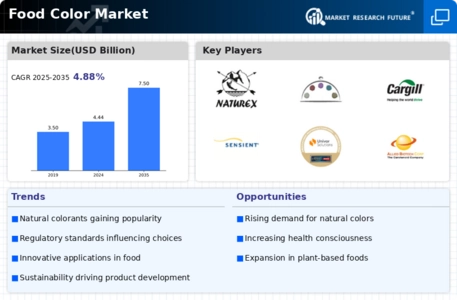


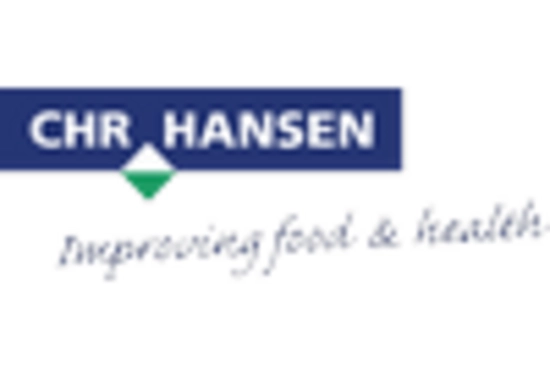
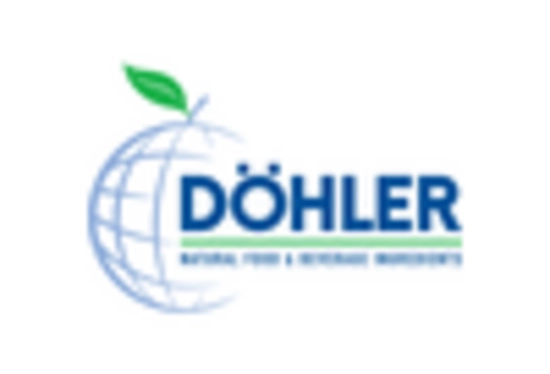
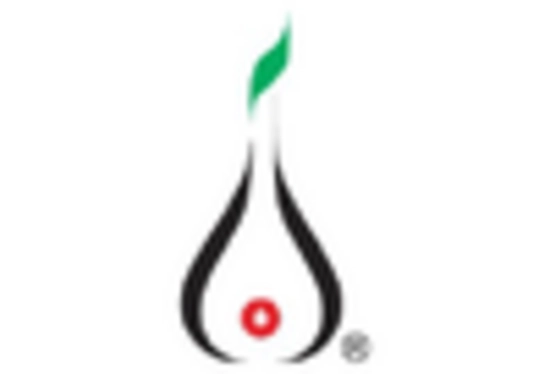

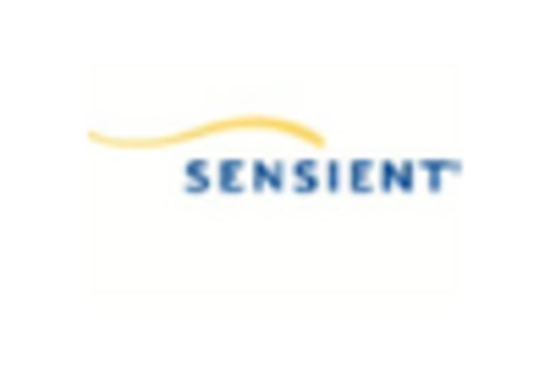








Leave a Comment